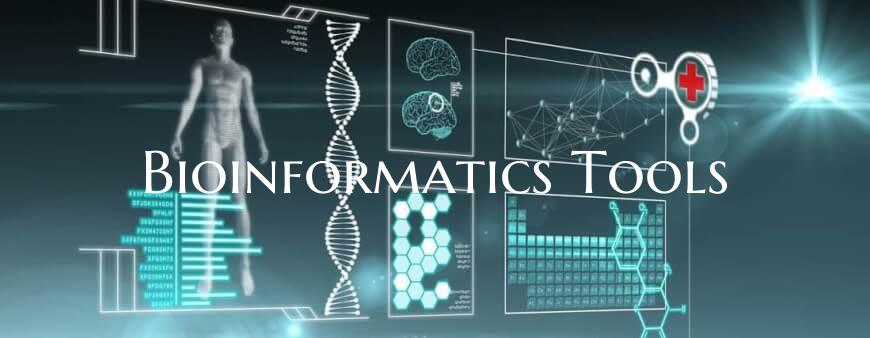Bioinformatics Tools
Exploring Bioinformatics Tools for Cutting-Edge Research
In the ever-evolving landscape of biological research, bioinformatics tools have become indispensable for scientists seeking to analyze and interpret complex biological data. These powerful tools bridge the gap between biology and computational science, allowing researchers to extract meaningful insights from vast datasets generated by modern high-throughput technologies.
Bioinformatics tools encompass a wide range of software applications and algorithms designed to handle various aspects of biological data analysis. From sequence alignment and genome assembly to protein structure prediction and functional annotation, these tools play a crucial role in advancing our understanding of living organisms at a molecular level.
One of the key areas where bioinformatics tools excel is in genomics, the study of an organism's complete set of DNA, or genome. Tools such as BLAST, Bowtie, and SAMtools enable researchers to compare and align DNA sequences, identify genetic variations, and reconstruct genomes with remarkable accuracy. This information is essential for studying genetic diseases, evolutionary relationships, and the genetic basis of complex traits.
In the field of proteomics, bioinformatics tools facilitate the analysis of protein sequences and structures, paving the way for insights into protein function and interactions. Software like SWISS-MODEL, Phyre2, and Clustal Omega are used to predict protein structures, annotate protein functions, and analyze protein-protein interactions, informing drug discovery, disease research, and personalized medicine.
Moreover, bioinformatics tools are instrumental in deciphering the vast amount of data generated by high-throughput technologies such as next-generation sequencing and mass spectrometry. Tools like Galaxy, CLC Genomics Workbench, and MaxQuant provide researchers with user-friendly interfaces for data analysis, visualization, and interpretation, empowering them to extract meaningful biological insights from complex datasets.
As the field of bioinformatics continues to advance, researchers are developing cutting-edge tools that integrate multiple data types, leverage machine learning algorithms, and enable large-scale data integration and visualization. These innovations are revolutionizing the way biological research is conducted, accelerating discoveries in areas such as drug development, personalized medicine, and agricultural biotechnology.
In conclusion, bioinformatics tools are essential for modern biological research, enabling scientists to analyze and interpret complex biological data with unprecedented accuracy and efficiency. By harnessing the power of bioinformatics tools, researchers can unlock the mysteries of the living world and drive innovation in diverse fields ranging from healthcare to environmental science.

